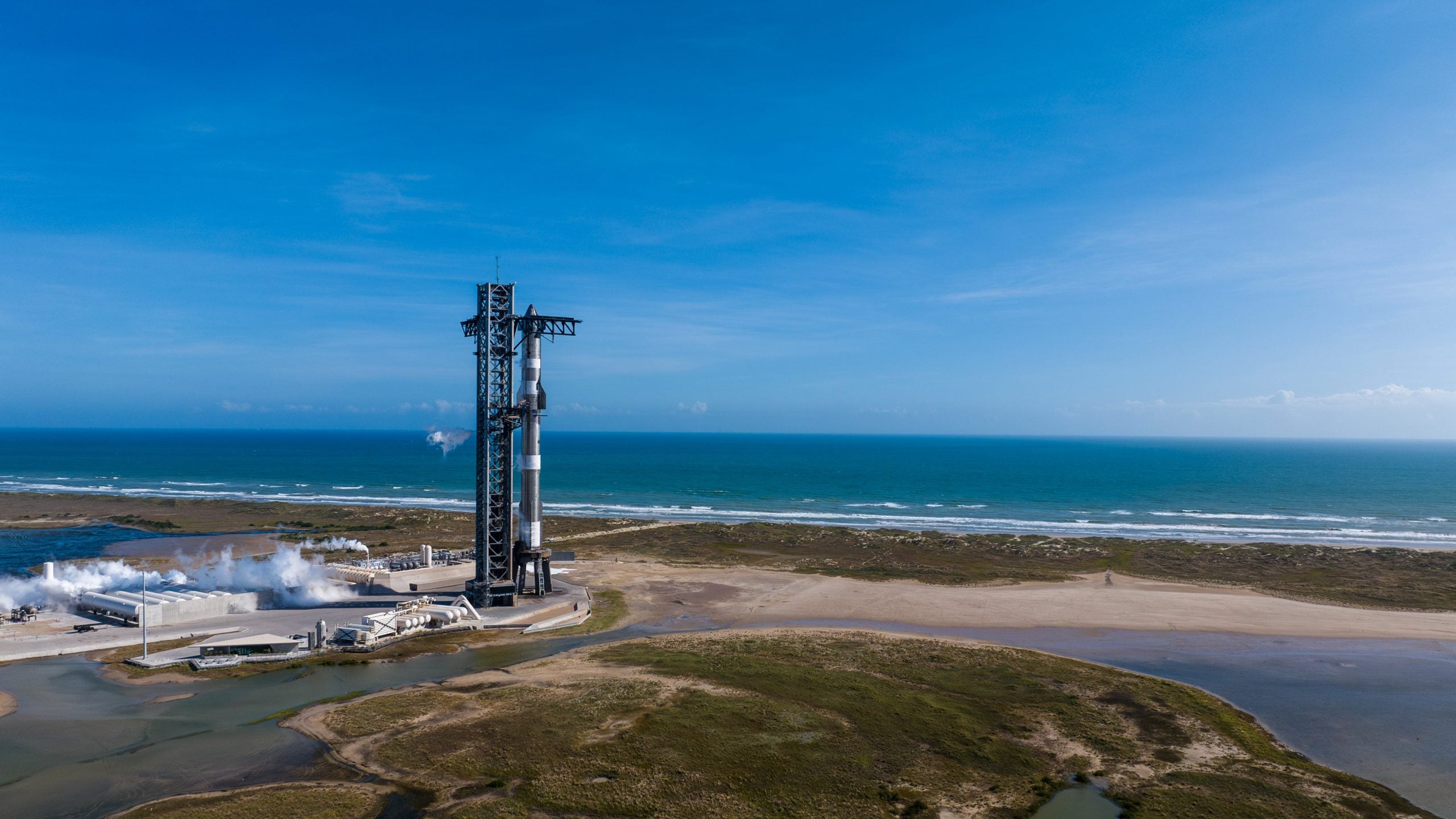TALLAHASSEE, Fla. – Florida faces a widespread rainfall event mid-workweek that stems from the combination of a strong frontal boundary and moisture from the leftovers of Tropical Storm Sara.According to the FOX Forecast Center, the storm system will move through the U.S. Gulf Coast on Tuesday and Wednesday and produce scattered showers and thunderstorms.Forecast models suggest the heaviest rainfall will occur along the Interstate 10 corridor, where a widespread 2 to 3 inches of precipitation could occur, with locally higher amounts up to 5 inches.Cities such as New Orleans, Mobile, Alabama, and Pensacola, Florida, are all in the zone that could see the heaviest rainfall, while the rest of the Florida Peninsula is in store for a few inches of rain.Exact impacts will depend on how much moisture streams northward from the Caribbean and Gulf of Mexico associated with the tropical storm’s remnants, but early indications suggest the slug of moisture will be fairly minimal when compared to previous Central American gyres and atmospheric river events.HOW TO WATCH FOX WEATHERWHEN IS THE TYPICAL LAST HURRICANE STRIKE IN THE US COAST?A widespread severe weather outbreak is not anticipated, and National Weather Service meteorologists in South and Central Florida believe the event won’t be as impactful as the weather that will affect other areas of the country with snowfall and heavy rain.”As of now, Wednesday into early Thursday could be a period to monitor for impactful weather as the strong front pushes through the region,” the NWS office in Miami said. “Though for now, sensible weather impacts are somewhat limited, with gusty (likely sub-severe) squalls and brief heavy downpours moving through the region if the current model prognostics are realized.”An element that all forecasters agree on is that the event will be rather quick, which will help limit the potential for widespread flooding.”So, we’re going to be ready for just nasty weather on Wednesday,” said FOX Weather Hurricane Specialist Bryan Norcross. “It’s going to move pretty fast because the cool, dry air is pushing in from the north and tropical air pushing up from the south – that combination producing the nasty weather…but it goes, and we get a real cold front moving through Florida and a big change in the weather.”A combination of hostile upper-level winds, dry air and land interaction kept the 18th-named storm from ever becoming a hurricane but still led to catastrophic flooding in countries such as Honduras and Nicaragua.Those countries are susceptible to flooding and natural disasters due to their terrain and socio-economic factors.In 2020, aid groups estimated more than a quarter of a million residents were displaced after Hurricanes Eta and Iota, and in 1998, more than 11,000 were killed during the impacts of Hurricane Mitch.TROPICAL STORM SARA SLAMS CENTRAL AMERICA WITH CATASTROPHIC FLOODING AS AIRPORTS HALT TRAVELSome of the same wording used by meteorologists to warn the Appalachians ahead of Hurricane Helene was used to alert Central American residents of the dangers that existed from Sara.”There is a big history in Honduras of deadly floods. I was down there actually after Hurricane Mitch, and it was one of the most tragic things I’ve ever seen in my life,” Norcross said. “Whole hillsides coming down and just wiping out homes and homes, falling off of hillsides while families were in them. It happens in Honduras where there’s very mountainous areas. And, of course, economically, a lot of people were very distressed there. So all expectations are that this is going to be very bad in Honduras.”
/
November 18, 2024
Florida, Gulf Coast to see potential impacts from remnants of Tropical Storm Sara







